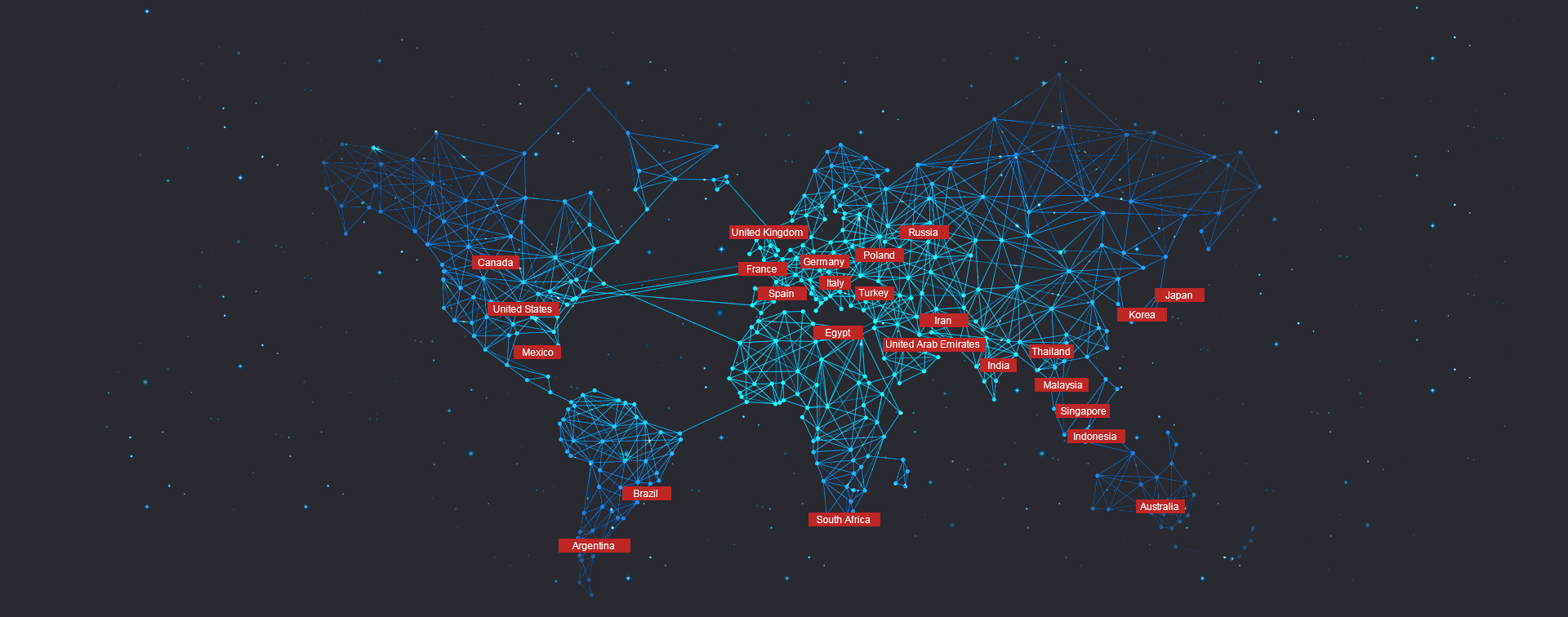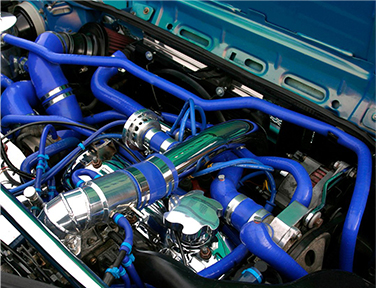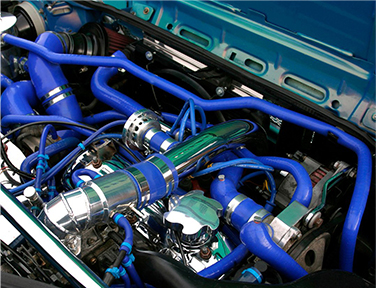
Qinghe County Deying Auto Parts Co.,Ltd established in 2010 is a professional manufacturer and exporter of silicone hose,rubber hoses and rubber parts,which is dedicated to research,development,production,sale and service,the main products include radiator hose,air hose,turbo hose,intercooler hose,heater hose,vacuum hose,fuel hose and rubber parts etc.
Our factory located in Qinghe County,Xingtai City,Hebei Province with convenient transportation,the nearest airports are Jinan Yaoqiang International Airport ,Shijiazhuang Zhengding International Airport, the nearest high-speed rail stations are Xingtaidong Railway Station,Dezhou East Railway Station,Jinanxi Railway Station.
Having own design R&D team with more than 20 people ,we are the direct or indirect supplier of more than 10 car factory and truck factory...

The strict quality control procedure High Technical Support

Clean smooth inner&outer hose wall Glossy,Shining,beautiful hose surface Neat cut

High grade silicone,Polyester, Aramid material to ensure hose in outstanding performance

Skilled workers with experience of more than 12 years who all deal the hose details very well

Faster,more qualified,more efficient after-sale service

Competitive Factory Price OEM ,ODM support MOQ support


It is very important to choose a good exhaust gas hose, so we must pay attention to the following points when purchasing the exhaust hose of the vehicle exhaust...[View more +]

It is very important to choose a good exhaust gas hose, so we must pay attention to the following points when purchasing the exhaust hose of the vehicle exhaust...[View more +]
 Global and China automotive rubber tube industry status quo research and development trend?
Global and China automotive rubber tube industry status quo research and development trend?
 The "2018 Edition Global and China Automotive Rubber Tube Industry Status Research and Development Trend Forecast Report" released by China Industry Research Network first introduced the background of automotive rubber hoses, including the related concepts,
The "2018 Edition Global and China Automotive Rubber Tube Industry Status Research and Development Trend Forecast Report" released by China Industry Research Network first introduced the background of automotive rubber hoses, including the related concepts,
 Global and China automotive rubber tube industry status quo research and development trend?
Global and China automotive rubber tube industry status quo research and development trend?
 The "2018 Edition Global and China Automotive Rubber Tube Industry Status Research and Development Trend Forecast Report" released by China Industry Research Network first introduced the background of automotive rubber hoses, including the related concepts,
The "2018 Edition Global and China Automotive Rubber Tube Industry Status Research and Development Trend Forecast Report" released by China Industry Research Network first introduced the background of automotive rubber hoses, including the related concepts,